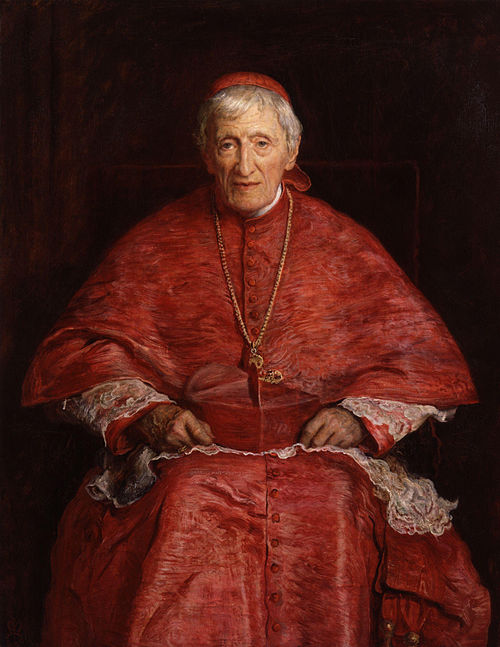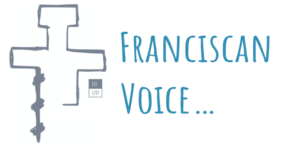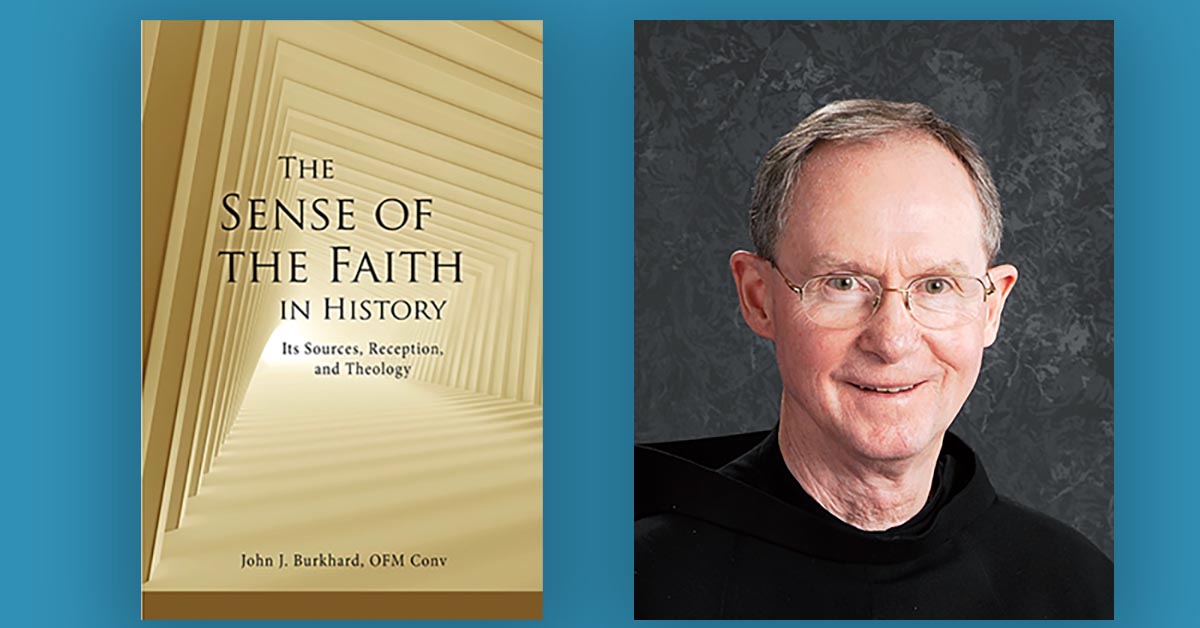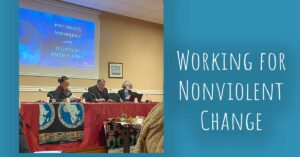Friar John J. Burkhard OFM Conv, PhD, taught systematics at the former Washington Theological Union; at Saint John’s University, Collegeville, Minnesota; and in Ghana, West Africa. He writes primarily on ecclesiology and continues to translate theological works from French and German.
His new book is called The Sense of the Faith in History: Its Sources, Reception, and Theology. While taught by Vatican II, the ‘sense of the faith’ (sensus fidei) has had little official impact in the Catholic Church. What would the church look like if it took this conciliar teaching to heart?
To address this neglect, Friar John locates the historical roots of the teaching and its emergence at Vatican II. He attempts to help us better understand the “sense of the faith” in the light of other fundamental teachings of the council, and challenges the hierarchical church to invite all the faithful to rightfully participate in the prophetic ministry of the whole church, closely allied with Pope Francis’s call for a more synodal church.
As the preliminary work begins for the Synod on Synodality, we asked Friar John about his new book. Here is the first part of the conversation:
What prompted you to bring this history to the general public?
I have been interested in the topic of the ‘sense of the faith’ or the ‘sense of the faithful’ for many years. Since I have taught the course on the Church in several institutions since 1972, I could not avoid it.
Something written by Cardinal Walter Kasper in 1970 caught my attention and has never let go of me. He wrote:
“[Article 12 of Lumen Gentium] maintains that the witness to the truth of the Gospel is not only the task of the magisterial office of the Church in the narrower sense [i.e., the pope and the bishops], but is also the task of the whole People of God. The significance of this statement can hardly be exaggerated and we are far from having exhausted its consequences in principle and in practice.”
If this is true, I asked myself, why is the teaching of Vatican II on the role of the “sense of the faith” not better known? Why does it not inspire collaboration among bishops, lay believers, and professional theologians and other scholars in understanding the gospel, in formulating it in contemporary terms, and in proclaiming it boldly to the world? Can the church be true to its mission of preaching the gospel if it relegates the laity to mere conformity to the teaching of the bishops? What might the church look like if everyone felt responsibility for its message and took responsibility for its life?

Saint John Henry Newman caught this insight a century before Vatican II when he defended the right of the laity “to be consulted” by their bishops on matters that pertained to them. There can no longer be a neat division between a “church taught” (the laity) and a “church teaching” (the pope and bishops).
The one church, or People of God, must both listen and teach. Vatican II gave as its justification for this audacious teaching the three offices or ministries of Christ as prophet (teacher), priest (sanctifier), and kingly shepherd (leader). It taught that to be a baptized Christian was to be incorporated into this threefold ministry of Christ.
Of course, there are differences as to how each office is exercised in the church, but no baptized Christian can be excluded in principle from exercising each ministry, and that includes contributing to the church as teacher. What are the implications of this for a church which struggles with so many difficult issues – in morality, in formulating doctrine, in pastoral activity, in devotion, in the pursuit of human dignity and in the defense of justice, peace, and the integrity of creation? The possibilities positively boggle the mind.
We will bring you part two of our conversation later this week.



